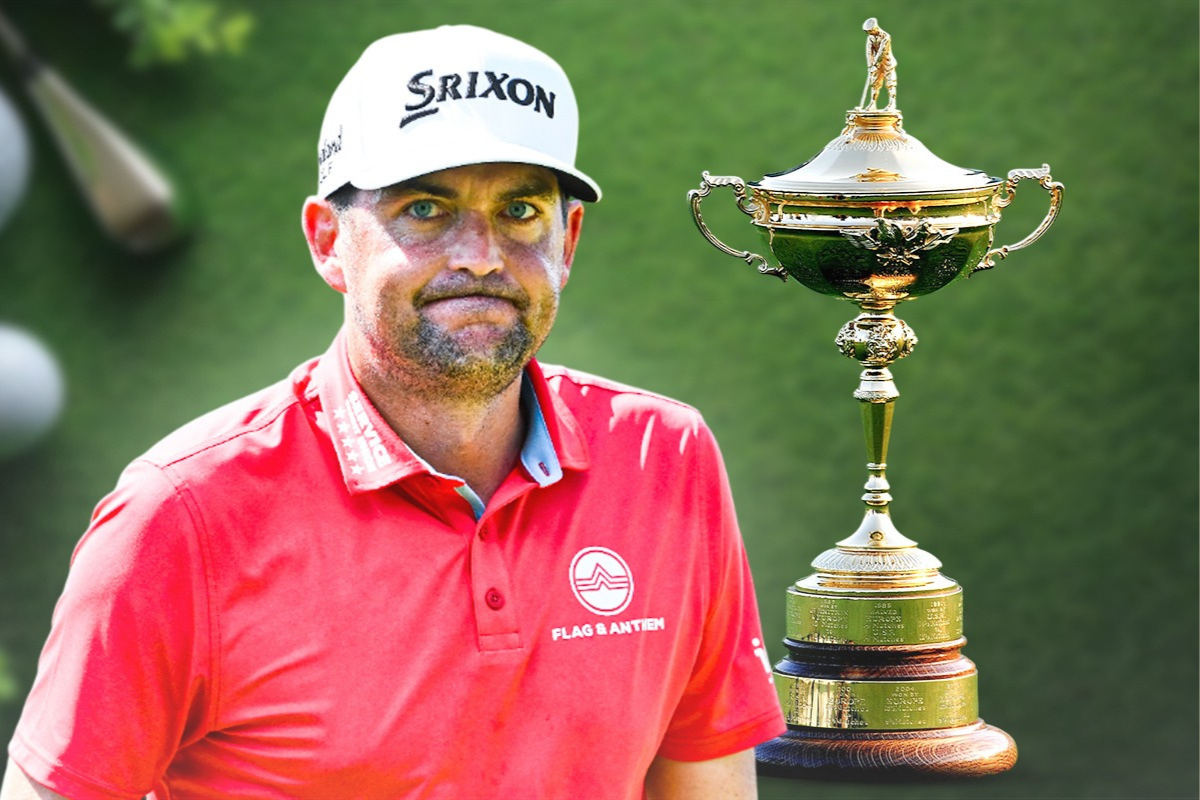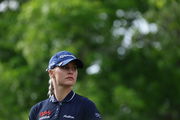
Imago
Keegan Bradley, Ryder Cup Trophy Credit: Imago

Imago
Keegan Bradley, Ryder Cup Trophy Credit: Imago
You’ve probably heard the saying, “Coaches don’t play”—but in golf, even the captain sometimes sits out. Unlike the NHL, hockey, or the NBA, where team leaders lead from the field, the Ryder Cup offers a unique twist. This biennial men’s golf competition, which dates back 98 years, is one of the few major sporting events where captains guide their teams from the sidelines rather than swinging a club themselves.
Watch What’s Trending Now!
Today, the 45th edition of the Ryder Cup officially got underway, reigniting the legendary rivalry between the United States and Europe. But along with it also comes the question: Why is this tradition of captains sitting out a huge part of the event’s identity?
Top Stories
LIV Golf to Cut Ties With Veteran Pro After His PGA Tour Return Intentions Became Public

Charley Hull Opens Up on ‘Traumatic’ Divorce from Ex-Husband for the First Time Ever

‘Penalize Him’: PGA Tour Q-School Faces Heat as Slow Play Incident Goes Unaddressed

How Good Is Charlie Woods at Golf? John Daly, Phil Mickelson & More Give Their Verdicts

LIV Golf CEO Goes Into Damage Control Mode After Jon Rahm Declined to Pay DP World Tour Fines

ADVERTISEMENT
The era of playing captains: a look back on the Ryder Cup’s history
In its early years, captains didn’t just lead—they played alongside their teams. From the tournament’s inception until it expanded to a three-day format under Arnold Palmer’s captaincy in 1963, it was common to see captains on the course. Across those first 15 Ryder Cup meetings, which consisted of just two days of competition, only seven of the 30 captains stayed off the course. Remarkably, there was only one instance when both captains did not play, meaning captains actively competed on 23 occasions in the early history of the Ryder Cup.
The Ryder Cup is for the fans ❤️ pic.twitter.com/8OlhGnPSBp
— Ryder Cup (@rydercup) September 26, 2025
Focusing on the American side, the United States has fielded eight playing captains across 13 Ryder Cups, while Great Britain recorded five. The tradition began to fade when Great Britain merged with Ireland and later joined forces with other European nations to form today’s modern European team. This evolution marked the end of the era of playing captains and helped shape the Ryder Cup into the iconic spectacle it is today. So, Arnold Palmer remains the last playing captain to date, in 1963.
ADVERTISEMENT
Why don’t Ryder Cup captains play anymore? Evolution of rules and responsibilities
Before 1963, the Ryder Cup had a more informal feel, and team sizes were smaller. Back then, captains could still step onto the course without compromising team performance. After 1963, as the level of play and team depth increased, it became far less practical for a captain to both play and lead. Much like a jockey guiding a horse, the Ryder Cup captain steers the team. The role is demanding: before each session, the captain submits lineups in secret, deciding who plays and in what order—strategies that neither side can see.
ADVERTISEMENT
Every decision becomes a high-stakes guessing game. From selecting pairings and matchups to motivating players, managing morale, and overseeing logistics and rules, the captain wears multiple hats. In the Ryder Cup, the captain acts as both manager and team leader. But do the rules allow a captain to play? What do the regulations say?
Ryder Cup rules on captains playing: What do the regulations say?
Founded in 1927, the Ryder Cup takes its name from Englishman Samuel Ryder, who envisioned a competition fueled by pride rather than prize money. From the start, fierce rivalries, rich history, and enduring legacy have defined the event, making it one of golf’s most celebrated spectacles. The rules don’t prevent a captain from playing. A captain can step onto the course, but only by taking one of the 12 roster spots—there’s no room for a 13th player. Arnold Palmer last filled that dual role, playing while leading the U.S. team in 1967.
ADVERTISEMENT
Earlier this year, speculation surged as Keegan Bradley emerged as a potential playing captain. The buzz grew when European captain Luke Donald agreed, through the captain’s agreement, to let Bradley act as a de facto playing captain during sessions. In the end, Bradley made a decisive move: he focused on leadership, directing team strategy and building cohesion instead of stepping onto the course himself.
As the 45th edition of the Ryder Cup gets underway, Team USA aims to reclaim the title from Europe in another thrilling chapter of this historic rivalry. With captain Keegan Bradley off the course, the burning question remains: can the Americans pull it off?
ADVERTISEMENT
ADVERTISEMENT
ADVERTISEMENT

